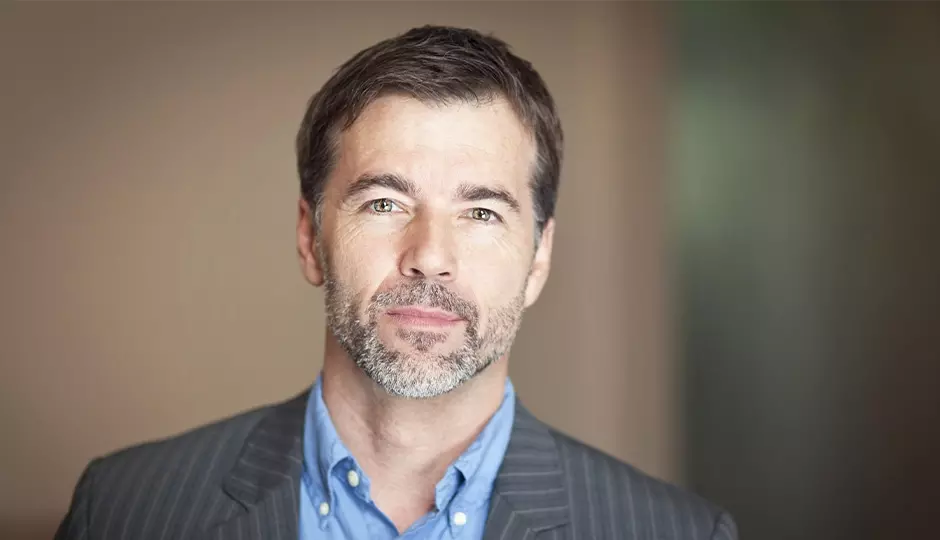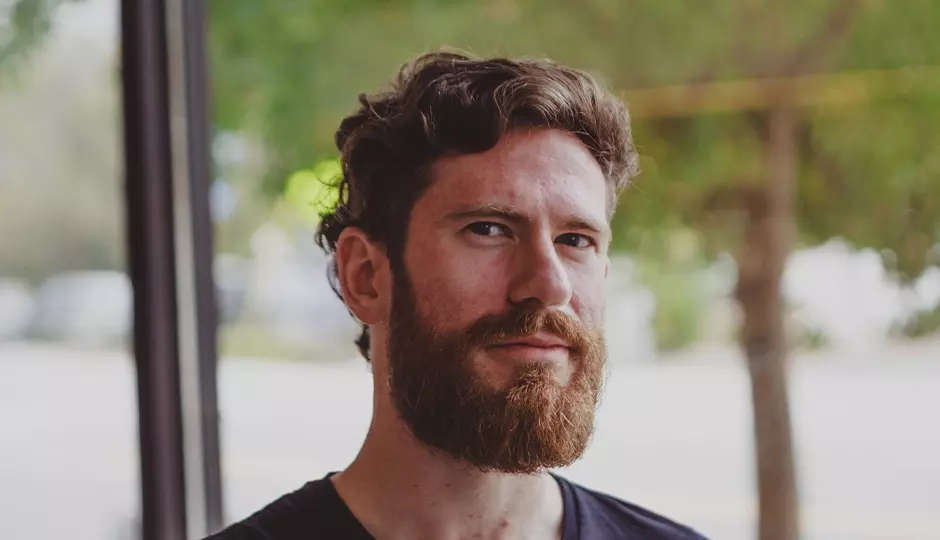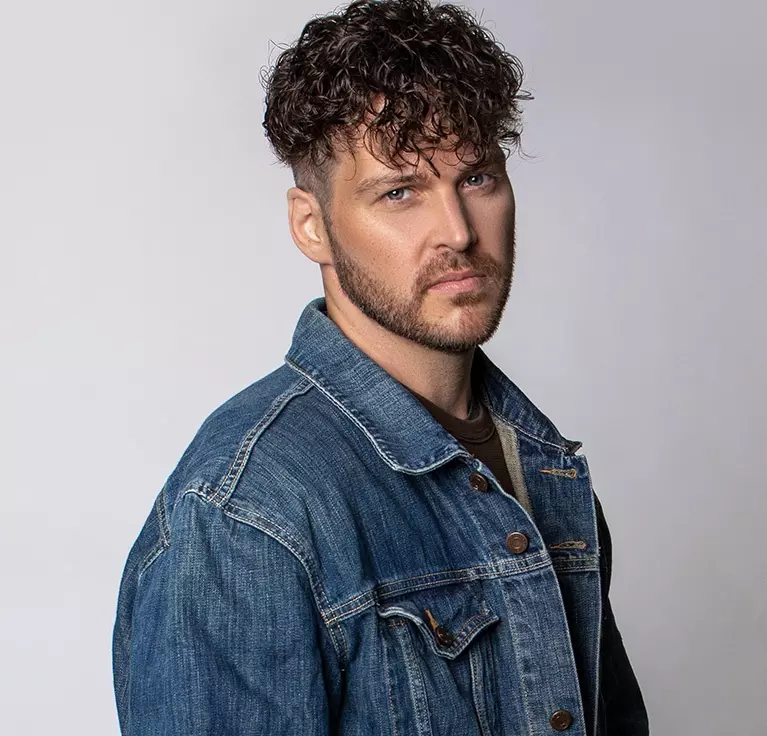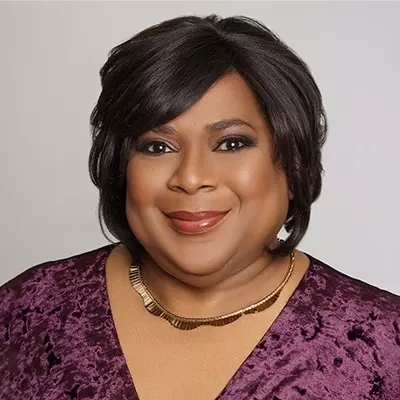There are many different reasons for hair loss among men and women but one very familiar cause is chemotherapy. The CDC reports that as many as 650,000 people receive chemotherapy for cancer in the United States.
It is natural to feel concerned about hair loss when enduring chemotherapy - especially when you are already experiencing a difficult illness - but here are some facts and information about chemo-related hair loss to help you understand what to expect.
Why Chemo Causes Hair Loss
The medicines used in chemotherapy attack fast-growing cancer cells which is why it is used to treat cancer. However, the cancer cells are not the only cells the medicine attacks; it also attacks healthy cells, including the cells responsible for hair growth. This does not just occur on the head but all over the body, including the eyebrows and eyelashes. This causes the hair to stop growing because the hair growth cells are not able to keep up.
What To Expect
Not all medicines used in chemo cause hair loss but your doctor can tell you which ones will. You won't begin to experience chemo-related hair loss immediately after beginning treatment. Rather, you will begin to recognize hair loss a few weeks after you begin treatment. For some, this will be quickly, in the form of clumps. For others, it could be gradual.
You'll begin to see more hair in your brush, on your pillow, and in sink and tub drains. Additionally, you may have some tenderness of the scalp. The hair loss will continue throughout your treatment.
After Treatment
Once you finish your chemotherapy treatment, your hair will begin to grow back as long as seven to eight weeks. At first, the regrowing hair will feel finer than prior to treatment.
Once your new hair begins to grow back, it might have a different texture, color, or type. The reason for this is because the cells responsible for pigment in your hair have not yet repaired themselves after treatment. That's why these changes are generally temporary.
The American Academy of Dermatology reports that hair normally grows approximately six inches a year (1/2 inch per month) but different factors influence how hair grows:
- Age
- Diet
- Climate
- Genetics
- Stress
- Hormones
- Health Issues
- Harsh Hair Products
- Lifestyle
Although hair regrowth will visibly occur generally within two months, this is not a concrete number and each individual is unique.
Living With Chemotherapy-Related Alopecia
While losing your hair may cause you anxiety, there are things that you can do to help make it less problematic and there are things you can do after treatment that can help your hair grow back healthy and strong.
One thing that can help in the beginning is to choose to have your hair cut short as these types of styles often make hair appear thicker. Additionally, it can make using a wig a little bit easier of a process.
Wigs
We recommend that women experiencing hair loss due to cancer treatments opt for a custom wig. The wigs at Mane Image are made with real human hair and fitted to our clients' specific needs.
Topical Treatments
After your hair begins to grow back, there are topical solutions that can be used to help expedite the process. Depending on the individual, vitamins, minerals, regrowth and/or thickening products can be extremely effective in bringing back your hair. The best way to determine which of these products would work best for you is to discuss it with an expert in hair loss treatments.
We know how important your hair is to you and we are committed to providing all of our clients with the unique, specialized care they deserve with the best products available. We invite you to contact us today to discuss ways that Mane Image Hair Restoration Center can help you.











